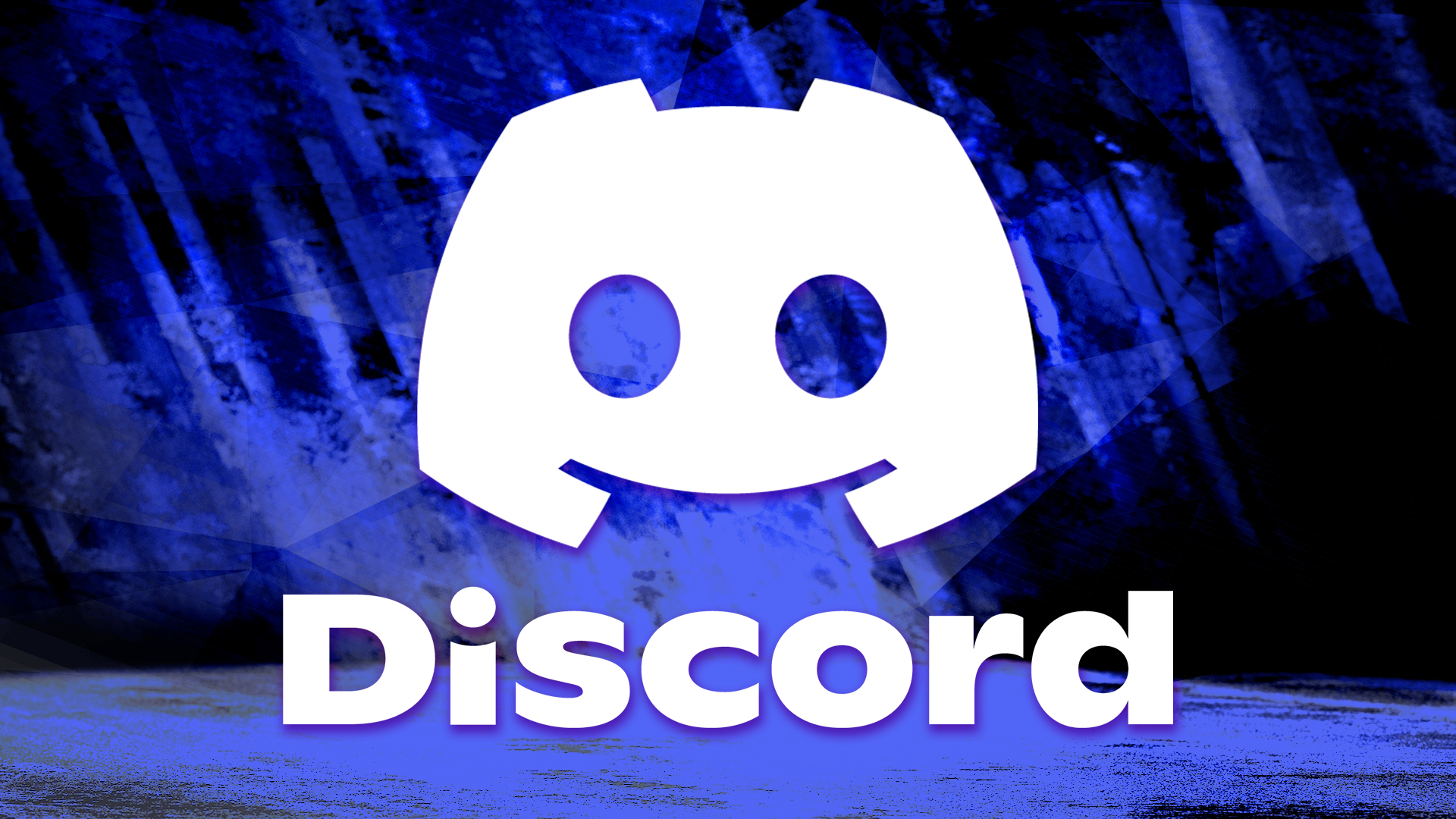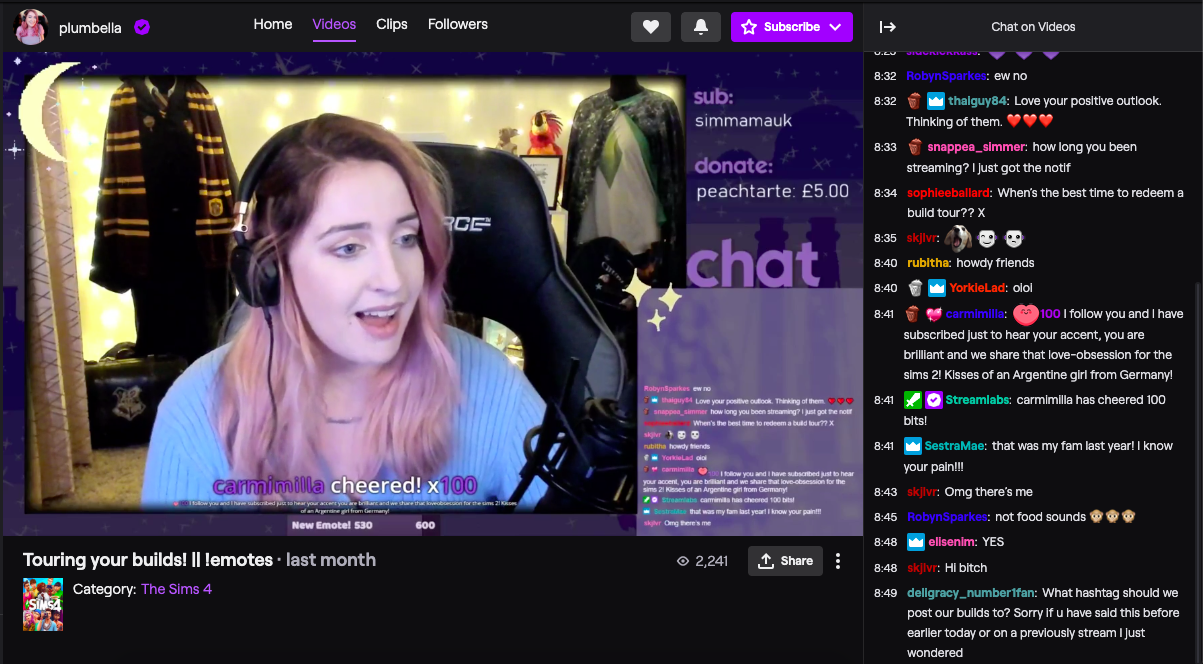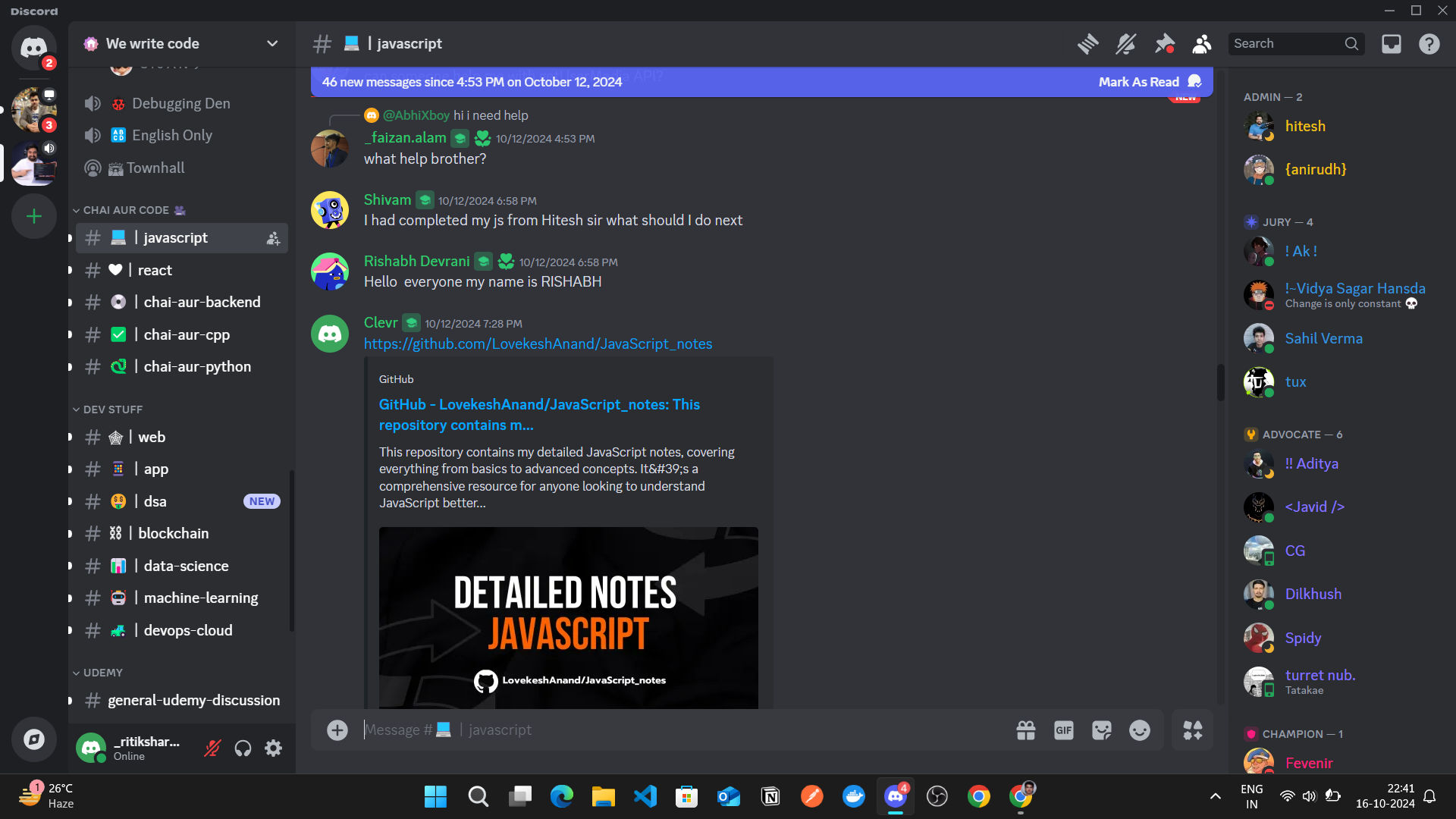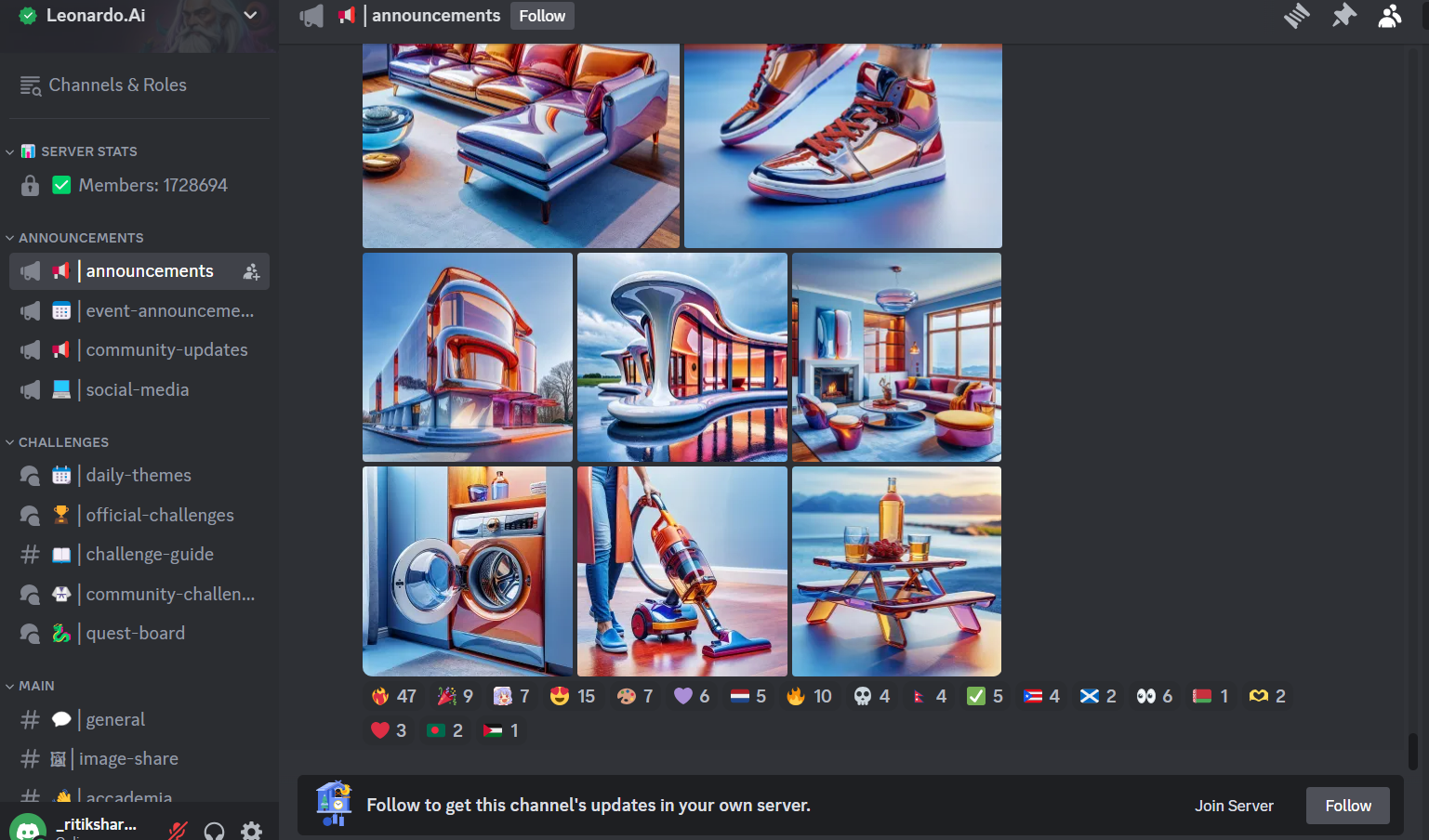Understanding Discord: A Developer’s Journey from Confusion to Clarity
 ritiksharmaaa
ritiksharmaaa
Introduction
Discord is often described as a community-building platform, but what sets it apart from traditional social media? As a software developer, I found it difficult to grasp at first. My journey with Discord began when I tried to access generative AI tools via a Discord server. Initially, I was overwhelmed by its complex UI, and for a long time, I didn’t revisit it. However, as I delved deeper into the software industry, I felt the need to understand how popular platforms like Discord are built. This article shares my thought process, the confusion I faced, and how I eventually came to understand what Discord is all about.
Why Discord Was Built: A Solution for Gamers
Discord was originally built for gamers to solve a specific problem: communication during live streaming and multiplayer games. Gamers stream on platforms like YouTube, Twitch, or Facebook, and the chat comes from multiple platforms, making it difficult to manage.
Imagine you’re a gamer streaming on multiple sites, and chat messages are coming in from different platforms. It’s chaotic—messages disappear quickly, and it’s hard to keep track of everything while playing. Gamers needed a solution to communicate with both their teammates and viewers in an organized way.
Discord solved this by providing a centralized communication hub where gamers and viewers could connect in real-time using text, voice, and even video. After the stream ends, the community can continue interacting on the server. This continuous engagement is what made Discord stand out.
Visual Suggestion: A diagram showing how gamers used to receive chat from multiple platforms versus how Discord centralized the communication in one place.
youtube : message chat

twitch : message chat

Discord chat :

How Discord is Different from Social Media
One of my initial confusions was: How is Discord different from social media? After all, platforms like YouTube, Instagram, and Twitter also provide ways to communicate. The key difference lies in the nature of communication.
On traditional social media platforms, communication is often one-way. For example, if a gamer with 1 million followers on Instagram wants to communicate directly with fans, they would have to send individual messages. Even if two followers wanted to connect, they’d have to rely on private messages, and these conversations aren’t visible to others.
In contrast, Discord fosters bi-directional communication. It creates a community space where everyone, from the gamer to their followers, can interact with each other. Discord achieves this through servers—workspaces where users can join different channels for specific purposes. A gamer could have channels like:
#game-text: Viewers discuss new or upcoming games.
#game-technique: Fans share gaming strategies.
#memes: Users post game-related memes.
Voice Channels: Viewers can communicate via voice chat, discussing game tactics in real-time.
This creates a vibrant, active community where conversations continue even after a live stream ends.
Visual Suggestion: Screenshots or illustrations showing the difference between one-way communication on social media and the bi-directional interaction in Discord's server setup.
Discord Beyond Gaming: How Developers and Businesses Use It

While Discord began as a gaming platform, it has become popular among non-gaming communities like businesses, developers, and learners. As a backend developer, I initially struggled to see the relevance of Discord, but here's how it’s now helping different industries:
Programmers and developers often follow technical YouTube channels or blogs to learn new skills. However, direct communication with these creators is often limited, and followers can’t easily interact with each other. Discord changes that by allowing a creator to build a community around their content.
For instance, a popular developer on YouTube might create a Discord server with different channels like:
#javascript-discussion: Learners can ask questions and discuss topics.
#python-help: Solving doubts related to Python.
#mern-stack: A place for discussing the MERN stack.
With thousands of users on the server, the community becomes self-sustaining—learners help each other, answer questions, and share knowledge 24/7. The developer doesn't have to be available all the time, and problems are solved faster by the community.
Visual Suggestion: Screenshots or diagrams of developer Discord servers with multiple channels for different topics.

Managing a Growing Community on Discord

As communities grow, managing them can become difficult. Discord has thought of this, too. When a Discord server has thousands of members, it's impossible for the creator to manage everything alone.
Discord allows server creators to assign roles to trusted followers. These roles come with permissions to moderate the server, manage channels, and even remove toxic members if needed. Automated tools and bots can also help keep the environment positive and prevent spam.
For example:
Moderators: Can manage user behavior, mute or kick disruptive members.
Role-Based Access: You can create private channels that are accessible only to certain users, such as senior community members or paid subscribers.
Automated Moderation: Bots can handle repetitive tasks like welcoming new users, enforcing rules, or banning spammers.
This structure keeps the community active, organized, and safe, while allowing for two-way communication in a way that traditional social media platforms can’t match.
Visual Suggestion: Illustrations showing the role system and how automated bots can help with moderation.

In the image, the generative content displayed is not created by Discord itself. Instead, the server owner has integrated a custom bot. Discord sends commands to this bot's server, which processes the request and returns the result to be displayed in the message feed.
Conclusion: Discord is More Than Just a Platform for Gamers
Discord may have started as a platform for gamers, but its power lies in its community-building capabilities, making it perfect for any industry—whether you're a developer, teacher, or business professional. Its ability to enable real-time, bi-directional communication makes it much more dynamic than traditional social media platforms. If you’re a developer like me, don’t be afraid to dive into Discord. Once you understand its structure, it’s an incredibly powerful tool for community engagement.
Final Thought: Feel free to explore different Discord servers that align with your interests. Whether you’re learning new programming languages, staying updated on tech trends, or just looking for people to discuss your favorite games, Discord has something for everyone.
Subscribe to my newsletter
Read articles from ritiksharmaaa directly inside your inbox. Subscribe to the newsletter, and don't miss out.
Written by

ritiksharmaaa
ritiksharmaaa
Hy this is me Ritik sharma . i am software developer